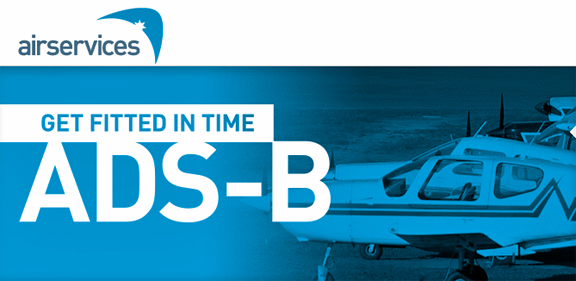[SatNews] Inmarsat (LSE:ISAT.L) has finalized an important safety evaluation alongside Airservices Australia.
The evaluation assessed improved flight tracking services on commercial airline flights operated by Qantas Airways and Virgin Australia to and from Australia using existing satellite communication capabilities. Results of the trial, which have been published in a comprehensive report delivered to the International Civil Aviation Organization (ICAO), provide important guidance to the global aviation industry on ways to meet the flight tracking requirements outlined by ICAO in February this year. Copies of the report have also been provided to the International Air Transport Association (IATA) and the Civil Air Navigation Services Organisation (CANSO).
The trial supports ICAO’s efforts to enhance global flight tracking in coordination with aviation industry stakeholders, governments and other related specialists. Earlier this year, the UN agency issued a resolution that will require commercial aircraft to report their position on a minimum 15-minute basis from the end of 2016, compared to the current standard of 30-40 minutes. The reduced interval is designed to ensure air traffic control has a more accurate view of aircraft positions and can respond to potential incidents in a timelier manner.
In response, Airservices Australia and Inmarsat launched a joint initiative to determine if existing ADS-C capability could meet ICAO’s normal tracking requirements in oceanic airspace without impacting airline communications costs or operational efficiency. ADS-C is a proven technology that establishes links between aircraft and air traffic control systems to provide information such as an aircraft’s position, speed, altitude and direction of flight. It is routinely used over oceanic or remote areas.
The trial was conducted in carefully managed phases to better monitor data communication loads and performance. Evaluation commenced on 30th January 2015 over oceanic airspace in parts of the Brisbane Flight Information Region (FIR) followed by expansion to all of northern Australia and Honiara and Nauru oceanic airspace in April. Airways New Zealand joined the evaluation in May, with the coverage area expanded once again to include Melbourne flight information region. By the end of the trial, aircraft across all oceanic airspace managed by Australia were being tracked. A minimum reporting rate of 14 minutes was established to allow for the application of a reduced separation standard, while maintaining a good balance between system limitations, costs and monitoring requirements during normal operations.
Based on the results, Airservices Australia has now adopted the 14 minute reporting requirement its standard operating procedure in oceanic airspace. In addition, other air navigation service providers (ANSPs) have commenced evaluations as a result of the successful Australian trial.
Executive Comment
“The evaluation was a success and met the ICAO defined requirements and regulatory performance criterion. Ongoing monitoring of the Inmarsat SATCOM network continues to confirm that the increased message frequency has had negligible impact on the network and total ADS-C messages. This represents a neutral or minimal cost impact and at the same time, we have not experienced any deterioration in ADS-C communication performance,” said Captain Mary McMillan, Vice President of Inmarsat’s’ Safety and Operational Services division.



